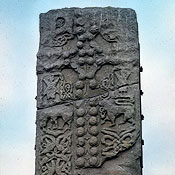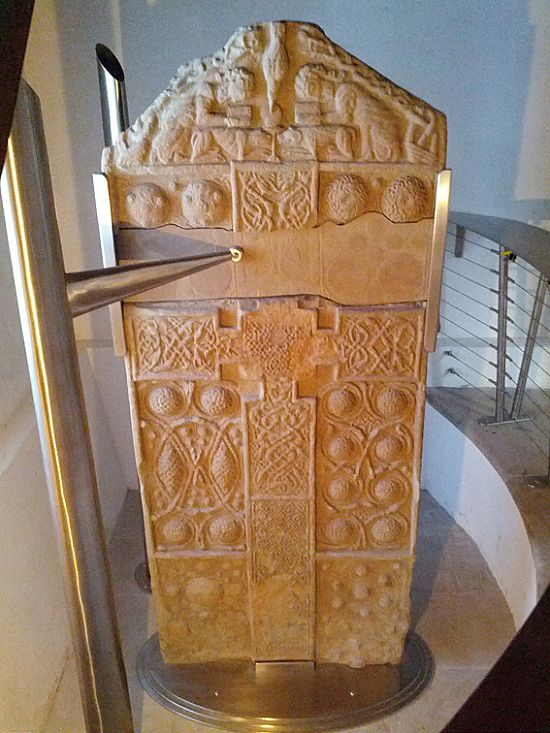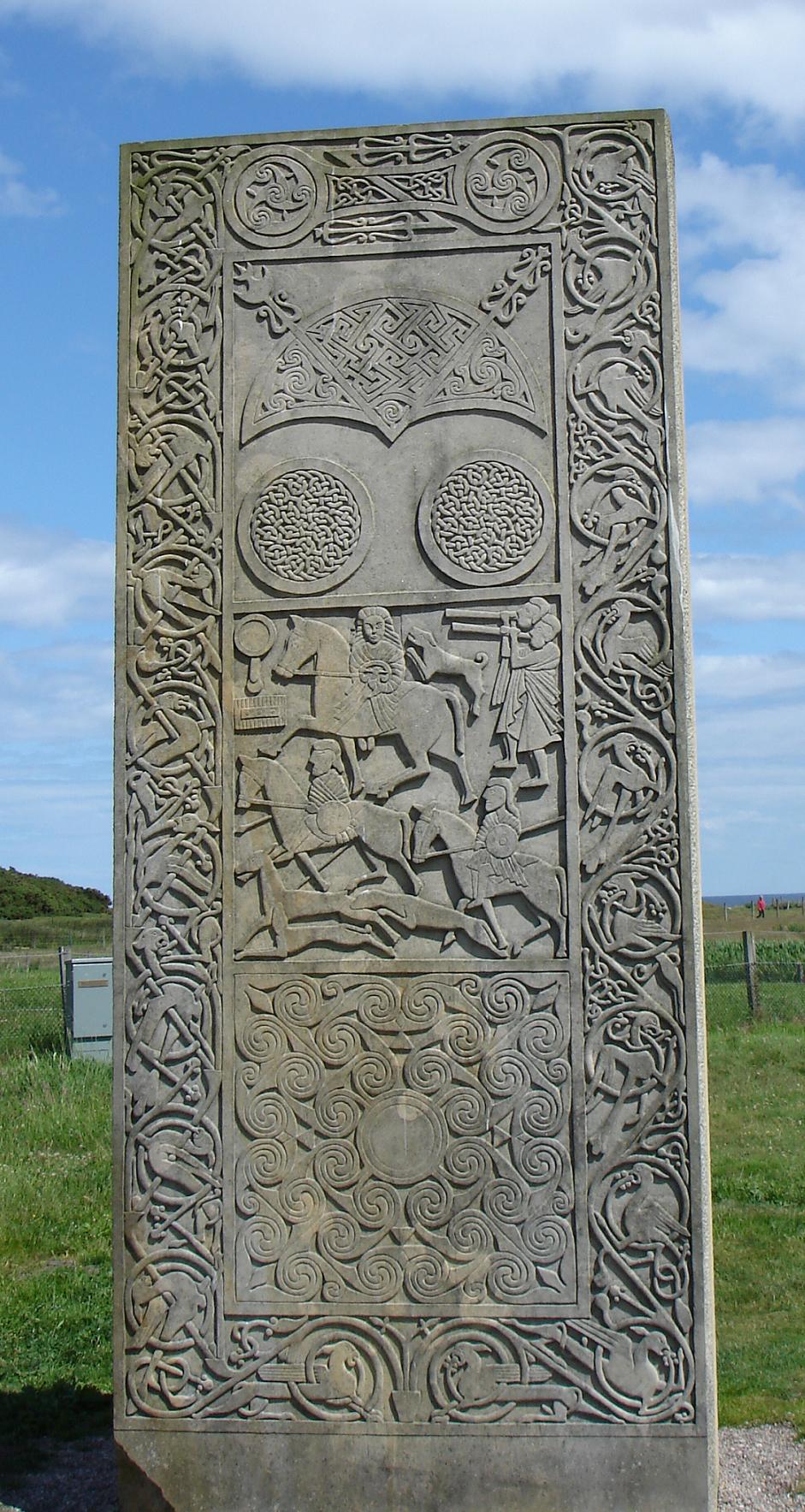Nigg
Associated Chapels: Culiss {NH 821734}; Shandwick {NH 858745}; Annat of Castlecraig {NH 822707}.
Parish Church: OS Ref: NGR NH 804717 H.E.S. No: NH87SW 5 Dedication: St Fiacre
The earliest reference to a church on this site occurs in 1255-6 but the existence of a fabulous early medieval stone cross-slab points to the presence of a community of the Early Church from the very earliest days of the Faith.
The parish consists of the Hill of Nigg, of old called the Bishop's Forest, about 500 feet in height, and forming about one-third of the whole parish; a fertile slope on the north-west side of the hill; a considerable extent of plain; and a level tract called the Sands of Nigg covered by the sea at high water (King tides and storm-surges).
In the reconstruction of the Chapter of Ross, the whole teinds of this church, along with those of Tarbat, were assigned to the Bishop as 'mensal' churches. This was confirmed by Pope Alexander IV in 1255/6. Although a vicarage was in existence in 1274, both parsonage and vicarage teinds pertained to the bishop at the Reformation, as had been originally intended, and the charge was being served by a curate whose stipend was paid by the bishop. This parish was always a property allocated to the bishop and it is not surprising that there was, here, a Manor Place (Palace) and moothill. This Hall, located behind the parish church {NH 803717}, and the moothill are both mentioned in a charter dated 1581.
The parish church, dedicated to St Fiacre, was built in 1626, renovated in 1725, enlarged in 1784 and altered in 1864. It is a simple T-plan church with the main portion E-W and T-wing to N.
In 2006 a substantial ancient routeway or causeway, known as the Bishop's Walk, was discovered leading along the side of a natural valley towards the sea. It started at {NH 797721} and led directly to the Bishop's Palace, no doubt facilitating the transportation of both people and provisions from the shore. Nigg was an ancient 'mairdom' and the medieval Bishops of Ross were Barons of Nigg, successors to that more ancient title.
At Nigg, Shandwick and the Hilton of Cadboll there are superb examples of early cross-slabs. Although overtly Christian, local tradition says that they commemorate three sons of a King of Denmark and, interestingly, there is a supposed Danish fort close by at East Rarichie {NH 843760}. However, archaeological investigations have shown this site to have been a round-house which has been dated to c400-205 cal BC. But perhaps the Danish occupied the site afterwards since there are several 'phases' obvious in the remains. What is made evident by these excavations is that there was something of a community hereabouts from as early as prehistory, as is supported by two 'pit' names - Pitcalnie and Pitcalzean. It is not surprising, therefore, to find the tradition of an Annat of Castlecraig in this district {cNH 820694} signifying a possible community of the Early Church.
At Culiss there is a small enclosure named the Chapel Park, in which in last century were some slight vestiges of a chapel. [O.P.S., 2.2, p.454] This chapel lay close to the eastate of Rarichies which was of the family of Ross of Balnagown. In 1351 Hugh of Ross, styled the first laird of Rarichies and Balnagown, signed a charter 'at Culuys' {probably within the chapel}. At {NH 821734} is Tobar Eadhain Bhaist - St John the Baptist's Well - near Chapelhill which may point to a dedication and a location for this Chapel.
At Shandwick there was a chapel and burying-ground, of the former of which the walls towards the end of the 19th-century were nearly entire. There seems to have been another burying-ground near it, the enclosure of which was visible at the same date. [O.P.S., 2.2, p.455]
 |
 |
 |
| Above: the Shandwick Stone | Above: the Nigg Stone | Above: the Hilton of Cadboll Stone |
